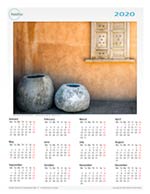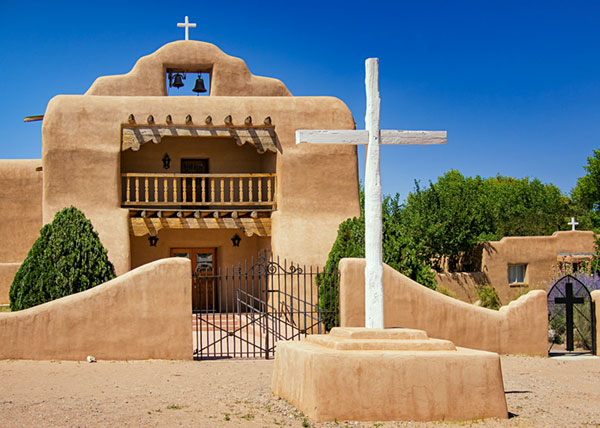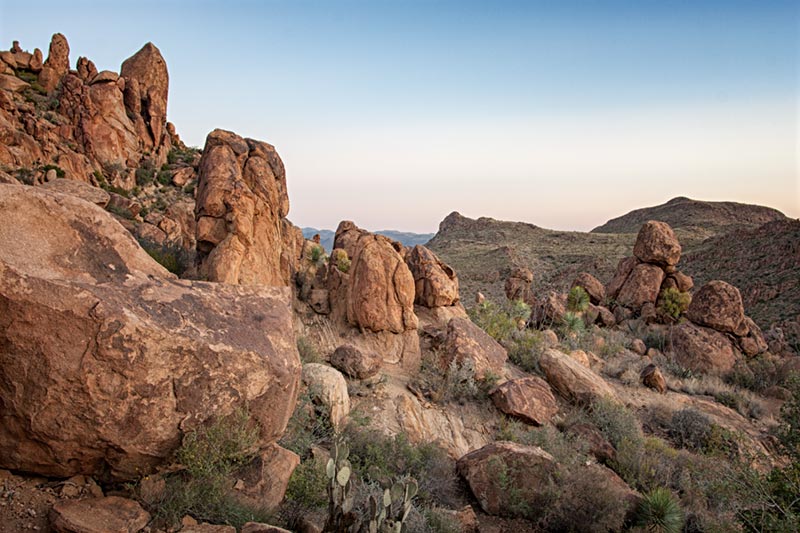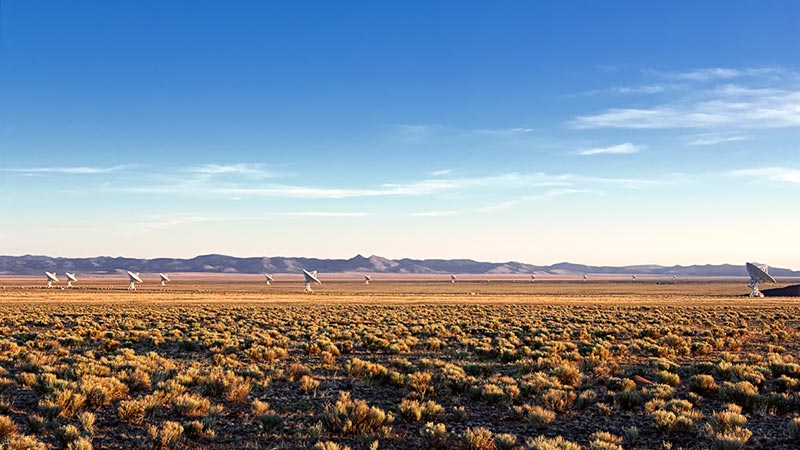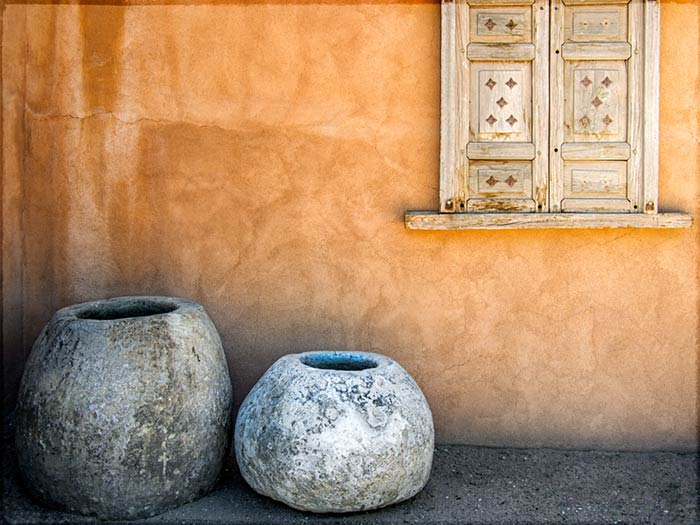
Listen to blog post
Sometimes it seems in another lifetime or maybe a dream I lived years in New Mexico. I was a young man then. Up for the challenge and easy on meager resources.
My days were spent exploring Northern New Mexico and Southern Colorado by motorcycle. It was the best way to feel harsh spring wind, smell the air across the mesa and the sting of high altitude against my face. Exposed to the elements was my way to absorb hard reality and spirituality in equal measure.
In the evenings I would ride across the river to the West mesa. In those days the beautiful petroglyphs were unprotected. You could sit next to them and think about people who made such wonderful things. As the sun faded the skies would light up above Sandia Crest with distant lightning but no sound.
Once out on the mesa during a violent thunderstorm a hole opened in the clouds and intense sunlight a few yards across illuminated where I was sitting. It was as if the finger of God had reached down. Who would believe such a thing could happen?
More than twenty years on I picked up a camera. No matter. New Mexico is embedded in my soul in a perfect way no photograph could ever capture.
Free Photo Calendar Downloads
Download this photo calendar using the links below. They are completely free with no signup or personal information required. The calendars are published as secured PDF documents that may be printed or displayed as desired.

